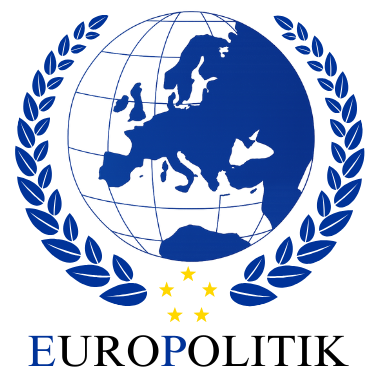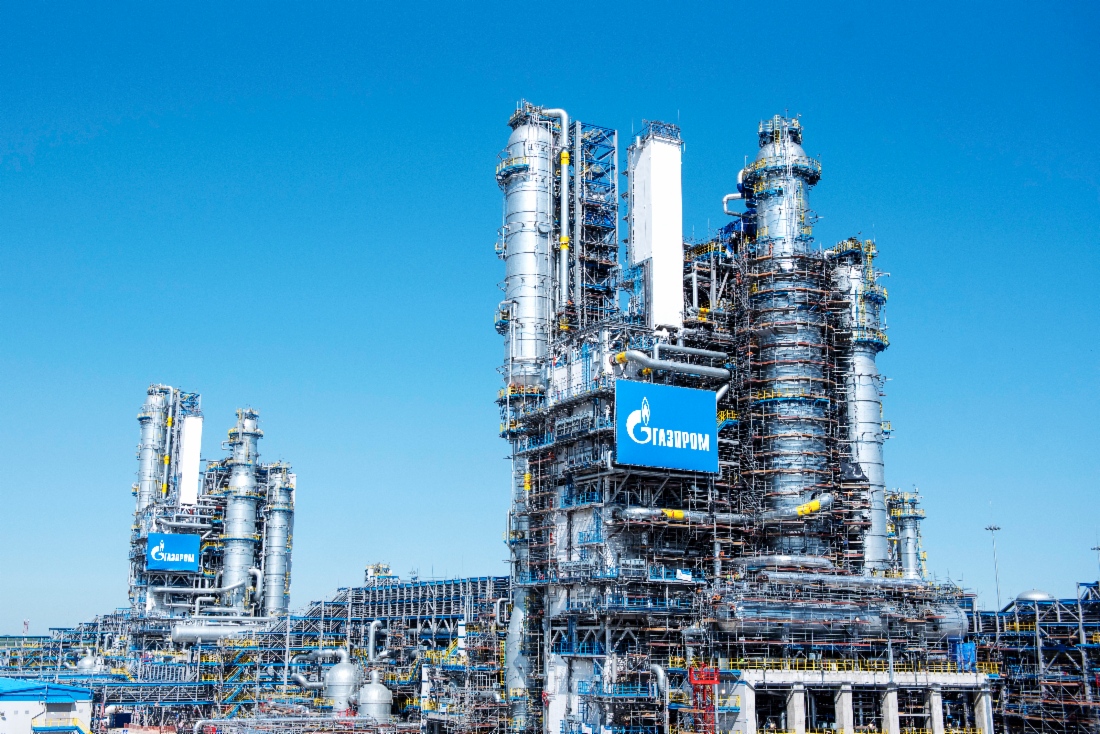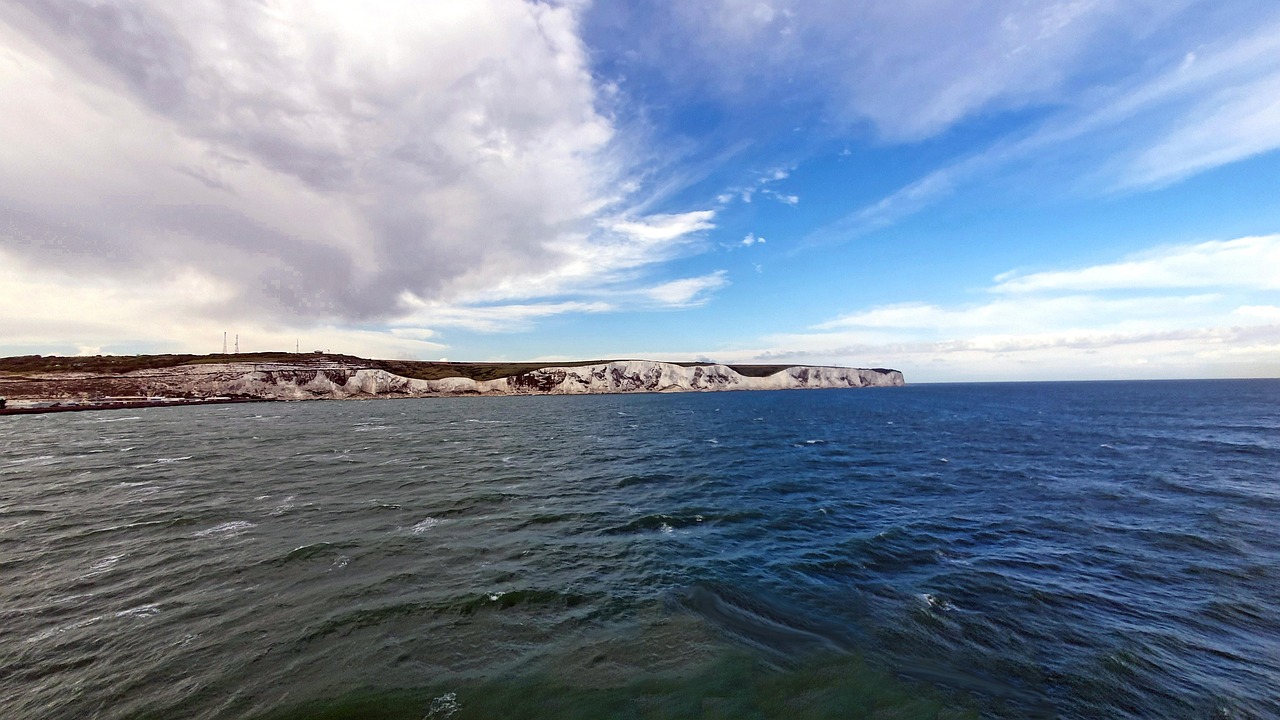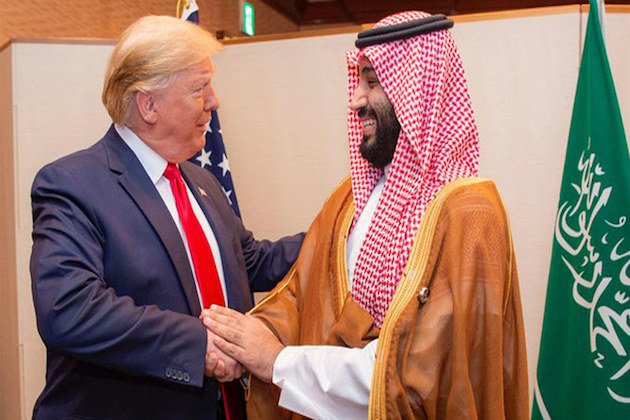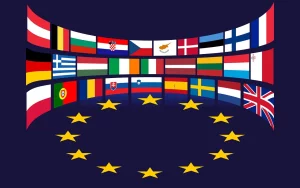The European Union: A rift over gas
After the collapse of the USSR, Russia gradually became the main gas supplier to the European Union. For decades, European states viewed this energy cooperation as mutually beneficial and economically rational. Three major factors contributed to this dependence: Russian gas was significantly cheaper than alternatives, particularly liquefied natural gas (LNG) from the United States or Qatar. The pipelines connecting Russia to Europe allowed for large-scale direct deliveries. The Kremlin long convinced European leaders of the “reliability” of its gas, especially by strengthening its ties with Germany.
The main pipelines ensuring these deliveries were Nord Stream 1 (directly connecting Russia to Germany via the Baltic Sea), Nord Stream 2 (a similar project, completed but never put into service due to sanctions), Yamal-Europe (passing through Belarus and Poland), and the Ukrainian network – historically the main route for gas delivery to Europe.
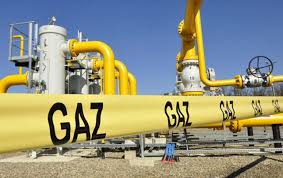
The first signs of Russia’s gas pressure were felt between 2006 and 2014. Well before the large-scale invasion of Ukraine, Moscow was already using gas as a political tool. In 2006 and 2009, it had interrupted supply through Ukraine due to disputes with Kiev, affecting several European countries. From 2014, after the annexation of Crimea, Russia intensified its use of gas as a means of blackmail, trying to force Europe to accept violations of international law. Just before the invasion of Ukraine in 2022, the Kremlin deliberately reduced gas deliveries to Europe, causing a spike in energy prices. This strategy was part of the preparations for the aggression, aimed at weakening Europe and influencing its decisions regarding sanctions.
After the war began in 2022, Russia gradually reduced its gas exports. Gazprom cut deliveries through Nord Stream 1, citing “technical reasons.” Supplies via Poland (Yamal-Europe pipeline) were halted, and transit through Ukraine was reduced. In September 2022, explosions on the Nord Stream 1 and Nord Stream 2 pipelines permanently disabled these supply routes.
Despite the Kremlin’s efforts, Europe managed to quickly pivot to alternative energy sources and significantly reduce its dependence on Russian gas. Diversification of supplies became a priority. Norway increased its exports to the EU. LNG (liquefied natural gas) imports from the United States, Qatar, and other countries grew significantly. Azerbaijan and Algeria became key suppliers. LNG terminals were built in Germany, Poland, and elsewhere, allowing for the import of liquefied gas.
At the same time, Gazprom was hit by sanctions. In 2022, the EU imposed restrictions on Russian gas imports and introduced price caps. Europe also accelerated its shift towards renewable energy. The gas blackmail ultimately did not help the Kremlin. On the contrary, it dealt a severe blow. Russia lost its main customer, which reduced Gazprom’s revenue. Sanctions and price caps further diminished Moscow’s income from gas exports. China and Turkey, though significant buyers, cannot compensate for the loss of the European market.
Russia’s gas wars against Europe aimed to weaken the EU, but they ended up backfiring on the Kremlin. Europe reduced its dependence on Russian gas, while Moscow lost key markets and considerable revenues. Today, Russian gas is no longer a “weapon,” and Moscow’s energy blackmail has failed.
The main pipelines ensuring these deliveries were Nord Stream 1 (directly connecting Russia to Germany via the Baltic Sea), Nord Stream 2 (a similar project, completed but never put into service due to sanctions), Yamal-Europe (passing through Belarus and Poland), and the Ukrainian network – historically the main route for gas delivery to Europe.
The first signs of Russia’s gas pressure were felt between 2006 and 2014. Well before the large-scale invasion of Ukraine, Moscow was already using gas as a political tool. In 2006 and 2009, it had interrupted supply through Ukraine due to disputes with Kiev, affecting several European countries. From 2014, after the annexation of Crimea, Russia intensified its use of gas as a means of blackmail, trying to force Europe to accept violations of international law. Just before the invasion of Ukraine in 2022, the Kremlin deliberately reduced gas deliveries to Europe, causing a spike in energy prices. This strategy was part of the preparations for the aggression, aimed at weakening Europe and influencing its decisions regarding sanctions.
After the war began in 2022, Russia gradually reduced its gas exports. Gazprom cut deliveries through Nord Stream 1, citing “technical reasons.” Supplies via Poland (Yamal-Europe pipeline) were halted, and transit through Ukraine was reduced. In September 2022, explosions on the Nord Stream 1 and Nord Stream 2 pipelines permanently disabled these supply routes.
Despite the Kremlin’s efforts, Europe managed to quickly pivot to alternative energy sources and significantly reduce its dependence on Russian gas. Diversification of supplies became a priority. Norway increased its exports to the EU. LNG (liquefied natural gas) imports from the United States, Qatar, and other countries grew significantly. Azerbaijan and Algeria became key suppliers. LNG terminals were built in Germany, Poland, and elsewhere, allowing for the import of liquefied gas.
At the same time, Gazprom was hit by sanctions. In 2022, the EU imposed restrictions on Russian gas imports and introduced price caps. Europe also accelerated its shift towards renewable energy. The gas blackmail ultimately did not help the Kremlin. On the contrary, it dealt a severe blow. Russia lost its main customer, which reduced Gazprom’s revenue. Sanctions and price caps further diminished Moscow’s income from gas exports. China and Turkey, though significant buyers, cannot compensate for the loss of the European market.
Russia’s gas wars against Europe aimed to weaken the EU, but they ended up backfiring on the Kremlin. Europe reduced its dependence on Russian gas, while Moscow lost key markets and considerable revenues. Today, Russian gas is no longer a “weapon,” and Moscow’s energy blackmail has failed.
However, some EU countries do not rule out a potential return of Russian gas as part of a peace agreement to end the war, according to the Financial Times. The idea is supported by Germany, Hungary, and a few other states, which believe that resuming imports could stabilize the energy market and reduce pressure on prices.
However, many countries strongly oppose this, arguing that it would weaken sanctions against Russia and strengthen its economy. This disagreement highlights the complexity of European energy policy. The majority of states that relied on Russian gas are now seeking to diversify their sources of supply. These divisions could complicate efforts to reach a consensus, especially if the issue of gas becomes part of peace negotiations, which could shift the balance of power in Europe.
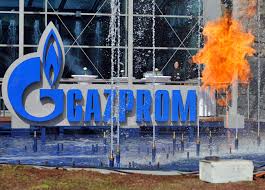
Countries like Slovakia and Hungary remain heavily dependent on Russian gas. Slovak Prime Minister Robert Fico, known for his pro-Russian rhetoric, sought to maintain gas imports from Russia even after Ukraine stopped the transit in 2025 due to the expiration of the contract with Moscow.
This has raised suspicions of secret negotiations between his government and the Kremlin. However, Bratislava has tried to reassure the public by stating that it has sufficient gas reserves and alternatives for 2025. The state-owned company SPP claimed to have 20% more gas in its underground storage compared to the previous year and is diversifying its international suppliers.
The government has sought alternative solutions but has not ruled out cooperation with Moscow, provoking strong opposition within Slovak society. The maintenance of contracts with Russian energy companies, despite European sanctions, could also hide corruption. Additionally, Robert Fico used the gas crisis to criticize EU policy and question European integration, further deepening the divide between pro-European and pro-Russian factions.
In Hungary, the situation also evolved after the halt of transit through Ukraine. Prime Minister Viktor Orbán threatened to block new European sanctions against Russia if the gas transit through Ukraine was not restored. He pointed out that this interruption had led to higher gas prices in Central Europe and urged the EU to act. Hungary continues to receive Russian gas via TurkStream, which partially compensates for the loss of Ukrainian transit. Nevertheless, Budapest remains vulnerable and is actively seeking to secure its energy supply.
Austria, meanwhile, has also been affected by the cessation of transit through Ukraine. However, the Austrian gas operator AGGM assured that consumer supply remained stable. In November 2024, the Austrian oil and gas company OMV won an arbitration case against Gazprom for €230 million due to irregular supplies. In retaliation, Gazprom stopped deliveries to Austria, but OMV seized Russian gas to compensate for its losses.
Gas: A Tool of Pressure Still Used by Moscow
Despite its losses in the European market, Russia continues to use gas as a political and economic lever in several regions.
Abkhazia and South Ossetia (Georgia)
These separatist regions in Georgia, recognized by Moscow after the 2008 war, are under its energy influence. Russia supplies gas to Abkhazia and South Ossetia, ensuring their economic dependence and reinforcing its political control. This also prevents Georgia from considering NATO or EU membership.
Ukraine (Occupied Territories)
Moscow uses gas to assert its authority over the occupied territories in Ukraine, including Donbass, Crimea, and some areas in the south of the country. Russia supplies these regions by bypassing Ukraine, thereby supporting the occupying administrations and strengthening their dependency.
Since the annexation of Crimea in 2014, Russia has integrated the peninsula into its gas system via a pipeline crossing the Kerch Strait. In the territories conquered after 2022, it has also established direct gas supplies to solidify its hold. The Kremlin’s goal is clear: to integrate these territories into the Russian economy and weaken Ukraine’s energy independence.
Serbia and Hungary: Manipulations Through Gas
Russia actively uses gas as a lever of influence on governments, selling gas to Serbia at discounted prices to keep the country within its sphere. Dependent on Russian gas, Serbia adopts a pro-Russian position on many international issues, including sanctions. The Hungarian government of Viktor Orbán, already mentioned, also benefits from favorable terms from Gazprom. Hungary blocks several EU decisions regarding energy sanctions against Russia. Moscow’s goal is to divide the European Union and hinder a unified policy on sanctions and energy independence.
Central Asia: Kazakhstan, Uzbekistan, Turkmenistan
Russia seeks to establish a “Tripartite Gas Union” with Kazakhstan and Uzbekistan (Turkmenistan refused the offer) to compensate for the loss of the European gas market. It also tries to maintain control over Central Asian gas exports to reduce competition on its own markets. Russia buys Turkmen gas at reduced prices and then resells it.
Uzbekistan and Kazakhstan are keen to avoid a monopolistic energy cooperation with Moscow, limiting their relations to bilateral commercial commitments and negotiations. Thus, although these countries still import Russian gas, they are actively working to diversify their energy supply sources and reduce their dependency on Russia. Moscow’s goal is to preserve its monopoly on Europe’s gas supply and ensure its influence in Central Asia.
The Future of Russia’s Gas Market
The future of Russia’s gas market seems uncertain due to changes in global energy policy, Western sanctions, and the gradual reduction of dependence by its main consumers. Russia has long used its energy resources as a tool of influence, but recent events show that this strategy is beginning to lose effectiveness.
Europe, which was Russia’s main export market for gas, is actively reducing its dependence on it. The introduction of sanctions, the halting of projects like Nord Stream 2, and the increase in alternative imports (LNG from the U.S., Qatar, and strengthened cooperation with Norway) have significantly reduced Gazprom’s revenues. Despite Russia’s attempts to maintain cooperation with Hungary, Serbia, and some other countries, its position in Europe will never return to pre-war levels.
Russia is trying to redirect its exports to Asia, mainly to China and India. However, China is not rushing to replace Europe; it buys Russian gas at heavily discounted prices and refuses to become dependent on Russia, diversifying its supplies (purchases from Central Asia, LNG imports from the U.S. and the Middle East). The Power of Siberia 2 project remains uncertain, despite Moscow’s efforts to accelerate the construction of this pipeline to China, with Beijing not providing clear guarantees regarding its financing or purchase volumes.
Central Asian countries (Kazakhstan, Uzbekistan, Turkmenistan) are actively seeking to export their gas to Europe and Asia independently, which reduces Russia’s ability to control the regional market. Turkmenistan is increasingly supplying gas to China, while Kazakhstan and Uzbekistan refuse full cooperation with Moscow under a “gas union,” preferring to maintain some autonomy. Western sanctions limit Russia’s access to advanced technologies needed for gas extraction and transport, complicating the development of new projects and the modernization of existing infrastructure.
The decline in revenue from gas exports forces Moscow to draw more from its financial reserves to support its budget, which, in the long term, will lead to economic difficulties. Russia is gradually losing its status as a gas giant due to sanctions, European disengagement, and growing competition in the Asian market. Although it is attempting to find new outlets and use gas as a geopolitical lever, its room for maneuver is significantly shrinking. In the long term, Moscow will face financial challenges, technological lag, and increased dependence on China, which will severely weaken its position in the global energy sector.
